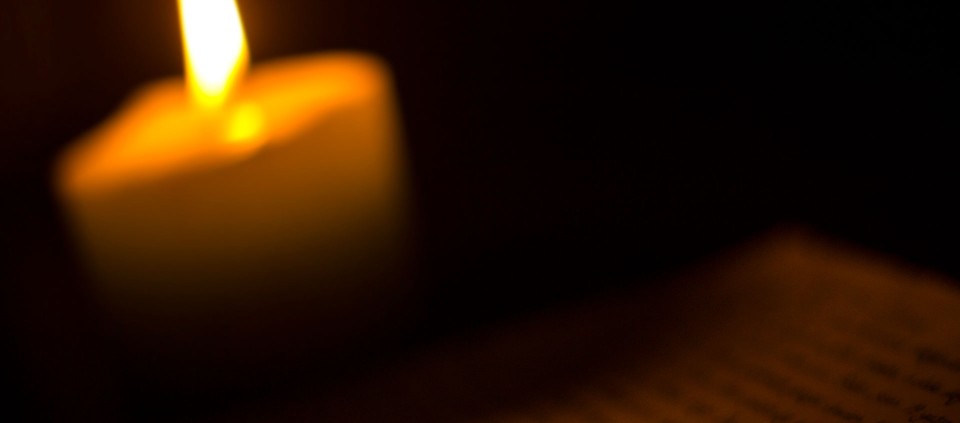A Five-Step Ritual to Digest the Past: Making Space for Intentions that Last

When I lead a program at Kripalu, we often do a particular exercise in the final session, when guests have been here for five days and are preparing to head home. They name what they are leaving behind, or are ready to let go of, and what they are taking home with them. It’s always a wonderfully powerful exercise, and we inevitably create a big metaphoric pile of stuff that no longer serves us, and consign it to the metaphoric flames. It really does help people move forward on their path feeling renewed and clearer.
In this visioning time of year, as we set our best intentions for our future lives, consider the yogic practice of svadhyaya, or self-study. In this practice, you might review the highs and lows of your year, bringing the light of awareness to your achievements, and compassionate self-examination to the times when you embodied your all-too-human imperfections. Then, learn from them, honor them, and let them go.
So often, when we set intentions for the year, there is an unresolved undercurrent that draws us back into old patterns and ways of being—perhaps that’s one reason why so many good resolutions and intentions go unrealized with such shocking speed.
Letting go, forgiving ourselves and others, and releasing the past is a universal practice of clearing that creates space to let in the new. Much like cleaning out your closet or your office, when you release things that no longer serve you, you seem to have more space—and the things that are still there look lovelier and more functional. The same principle is at work within us. Our emotional states, mental states, even our energy field need an occasional cleaning-out.
Here is a simple, five-step end-of-year ritual that you can do on your own or with someone you love, to integrate the year that was and make room for the new year. It is a modification of a practice that meditation master Sally Kempton describes as “recapitulation.” You’ll need a pen and paper, a place to sit in meditation, a bowl, matches, and a safe area to burn a small fire (outside is good).
1. Take a few moments to sit and find your center. Relax in the soft, welcoming cave of your heart for a few breaths.
2. Think back over the year, to your emotion-charged highs and lows. Pick one high and one low, and write each of them down. You might repeat this several times, recalling other highs and the lows of the year. Take your time; it’s easy to gloss over things, particularly the harder events. Take the most compassionate view of this recap that you are able to.
3. If you are working with someone else (or several other people), you might take turns reading your items out loud—maybe one low and one high. For the highs, notice the emotion and energy around them and, if it feels right and true, express your gratitude for the experience. For the lows, describe the trigger, emotions, responses, and lesson of the event. Take your time to honor, feel, and then release the emotion. When you are complete, place the papers in the bowl.
4. Once everyone has shared, you can chant a prayer like this one I’ve modified after learning it from herbalist and educator Pam Montgomery:
In the presence of all that is,
I honor you, my life and teacher,
And I trust with all my heart,
That these lessons are ones of healing,
For myself and for all beings.
5. Time to get out those matches! Burn the papers, perhaps as you chant over them.
You can do this process several times to honor and digest the old that no longer serves you—old thinking, old events, old energy, old ways of being. Make way for setting intentions that last.
Annie B. Kay, MS, RDN, E-RYT 500, C-IAYT, is an author, nutritionist, Kripalu faculty member, and important voice in whole-foods nutrition and yoga.
Full Bio and Programs